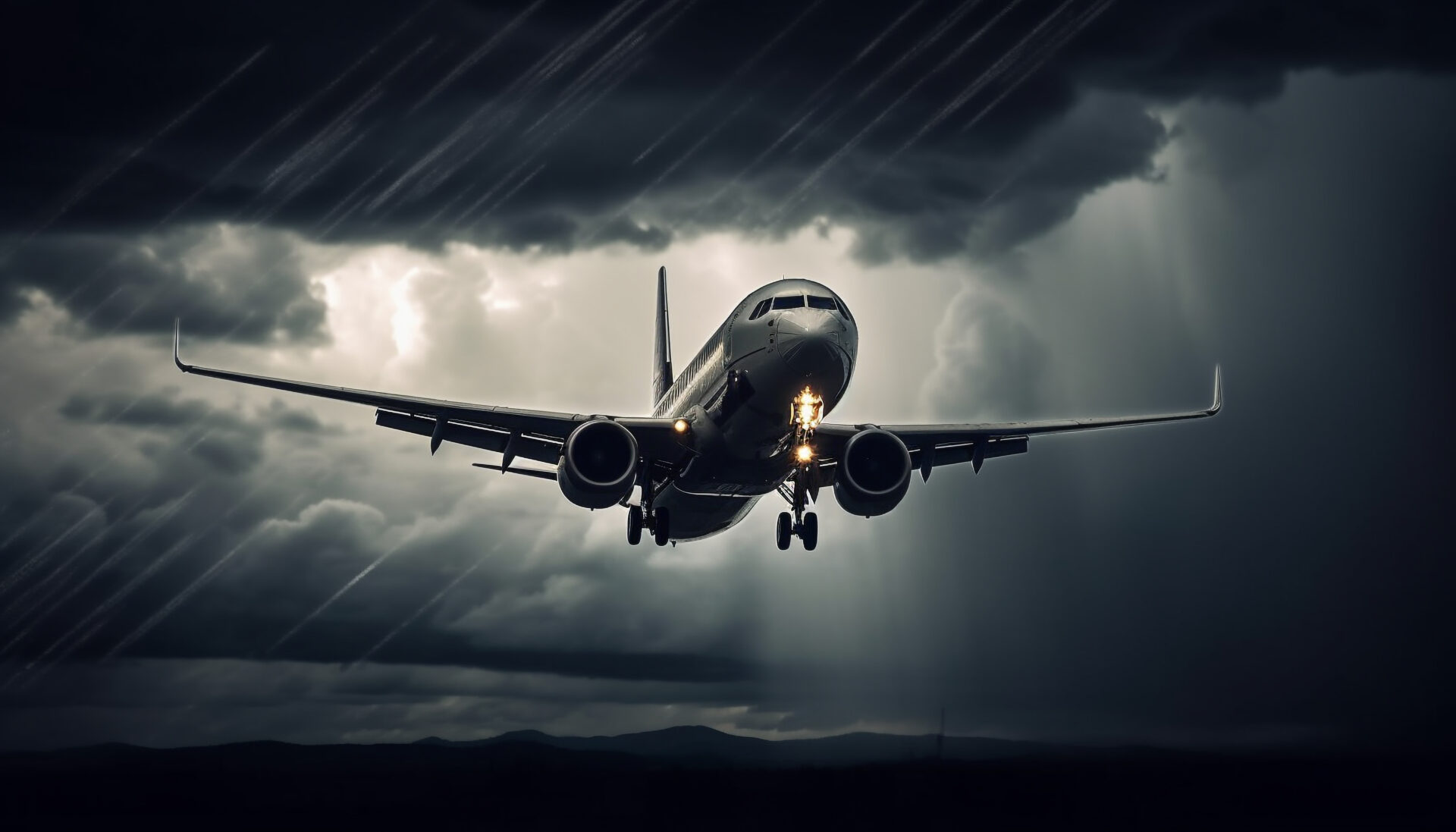
The Role of Weather in Aviation: Navigating the Skies Safely
Weather plays a critical role in aviation, impacting flight safety, efficiency, and overall operations. In this blog post, we’ll take an in-depth look at how weather conditions affect aviation, how pilots and airlines manage weather-related challenges, and the technologies and practices in place to ensure safe and smooth journeys in the sky.
Understanding Weather’s Influence
Safety Concerns: Weather is a top concern for aviation safety. Adverse conditions like thunderstorms, turbulence, and low visibility can pose risks to flights. We’ll delve into how these conditions affect aircraft and passengers.
Impact on Flight Routes: Weather significantly influences flight planning. We’ll explore how flight paths are adjusted to avoid areas of severe weather, contributing to a safe and comfortable travel experience.
Weather Data and Forecasting
Meteorological Data: The aviation industry relies on meteorological data to make informed decisions. We’ll discuss the types of data used and how it’s gathered.
Weather Forecasting: The accuracy of weather forecasting is crucial for aviation. We’ll look at how modern technology has improved forecasting and its impact on flight operations.
Pilot Expertise and Training
Pilot Training: Pilots undergo rigorous training to handle various weather scenarios. We’ll explain how this training equips them to make real-time decisions during flights.
Decision-Making: Pilots must constantly assess weather conditions and make decisions to ensure passenger safety. We’ll provide insights into the decision-making process during flights.
Aircraft Technology and Safety Measures
Modern Aircraft: Aircraft are equipped with advanced technology to detect and respond to weather-related challenges. We’ll explore the systems and equipment that enhance flight safety.
Turbulence Mitigation: Turbulence is a common weather-related issue. We’ll discuss how aircraft are designed to minimize its effects on passengers.
Air Traffic Control’s Role
Collaboration: Air traffic control is in constant communication with pilots to ensure safe routes. We’ll delve into the collaborative efforts between pilots and controllers.
Diverting Flights: When severe weather threatens, flights may need to be diverted. We’ll explain the process and the priorities in such situations.
Climate Change and Weather Trends
Impact of Climate Change: Climate change is influencing weather patterns. We’ll examine how the aviation industry is adapting to these changes.
Sustainable Practices: We’ll touch on how airlines are embracing sustainable practices to reduce their impact on the environment, including reducing carbon emissions associated with climate change.
Conclusion: Navigating the Skies Safely
In conclusion, weather is an ever-present factor in aviation. Its effects on flight safety and efficiency are substantial, but the industry’s commitment to safety, pilot expertise, advanced technology, and improved forecasting ensures that passengers can trust aviation to deliver them to their destinations safely. Understanding the role of weather in aviation provides valuable insights into the complex and interconnected systems that make air travel one of the safest modes of transportation.


1 thought on “The Role of Weather in Aviation: Navigating the Skies Safely”
Every time I read a new post, I feel like I’ve learned something valuable or gained a new perspective. Thank you for consistently putting out such great content!